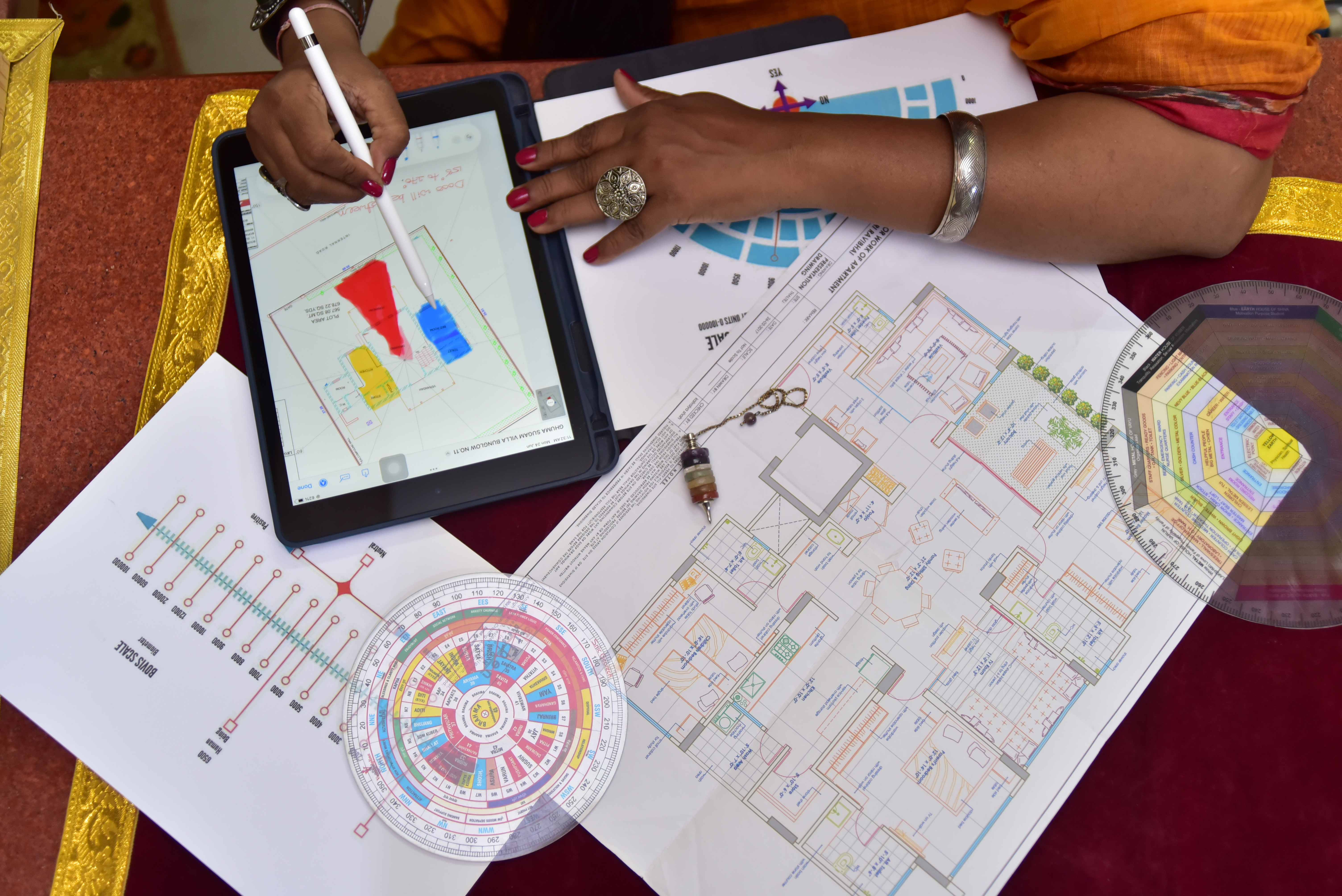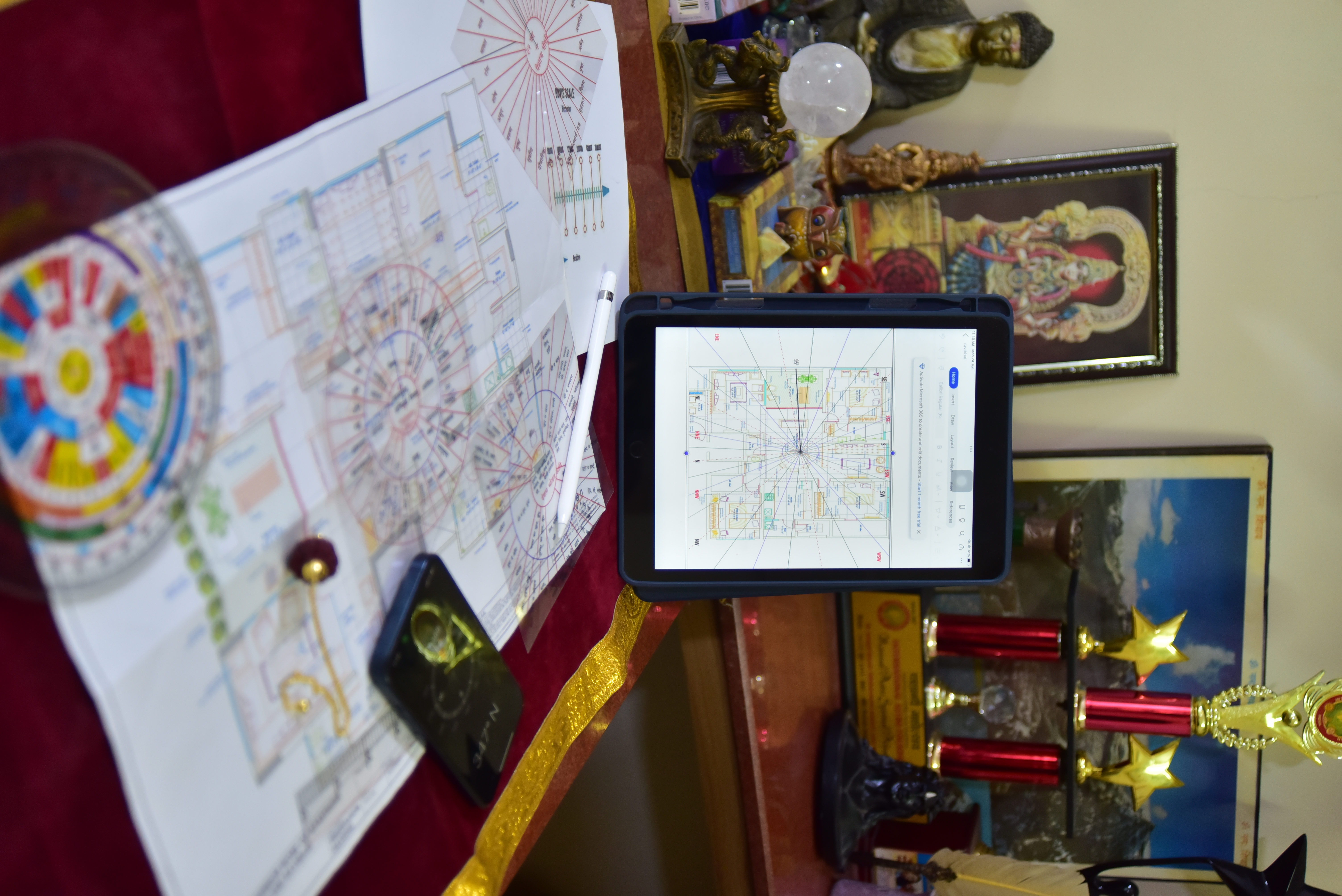


The Sanskrit word Vastu means dwelling or house with corresponding land. The vrddhi, vastu, takes the meaning of “the site or the foundations of a house, of a site, of a land, of a building or of a dwelling, of a dwelling, of a farm, of a house “. The underlying root is gonna “dwell, live, stay, reside”. The term shastra can be loosely translated as “doctrine, teaching”.
VastuSastras (literally, the science of life) are ancient manuals of Sanskrit architecture. These contain VastuVidya (literally, the knowledge of habitation). Vastu, craftsmanship and architecture are traditionally attributed to the divine Vishwakarma in the Hindu pantheon. Theories have been put forward that link the compositional principles of the vastu shastra to the Indus Valley civilization, but scholar Kapila Vatsyayan considers this to be speculation because the writing of the Indus valley remains undeciphered.



According to Chakrabrabbi, Vidya Vidya is ancient from the Vedic period and connected to the ritual architecture.Varahamihira’s Brihat Samhita, dated to the 6th century AD, is one of the earliest known Indian texts with chapters devoted to the principles of architecture. For example, chapter 53 of Brihat Samhita is titled “On Architecture”, and there and elsewhere it deals with elements of the vastu sastra such as “the planning of towns and buildings” and “the structures of houses, l ‘orientation, plans, construction of balconies’ as well as other topics.
According to Michael Meister, a scholar of Indian architecture, we must recognize that Varahamihira mentions his sources on the vastu as older texts and essays. However, these can be from mythology and reflect Indian tradition to credit sages and mythical deities.
Here there is a lot of VastuSastra on the art of building houses, temples, towns and cities. By the 6th century AD, Sanskrit texts for building lavish temples were in circulation in India. The VastuSastra includes chapters on house building, town planning and how well villages, towns and kingdoms have incorporated temples, bodies of water and gardens within them to achieve harmony with nature . While it is not clear, says Barnett, whether these temple and city planning texts were theoretical studies and whether or when they were properly implemented in practice, these texts suggest that urban planning and Hindu temples were conceived as artistic ideals and an integral part of Hindu social and spiritual life.
Copyright © 2025 Divine remedy Research Centre. All Right Reserved. Devloped By WebExpertInfoTech